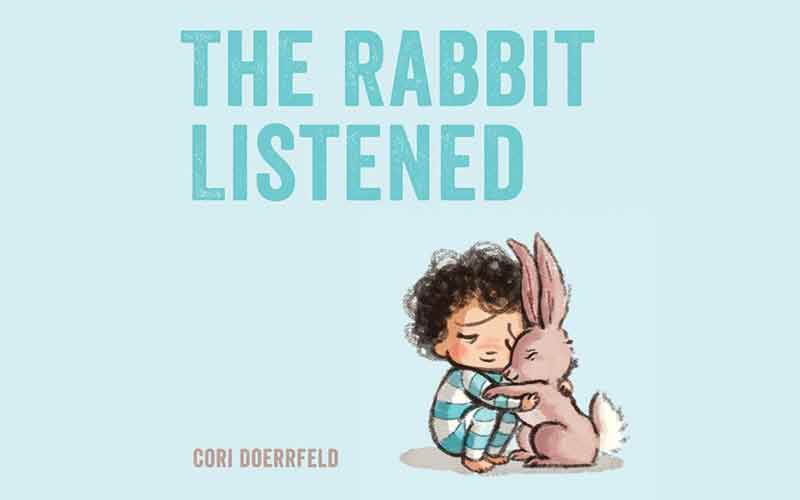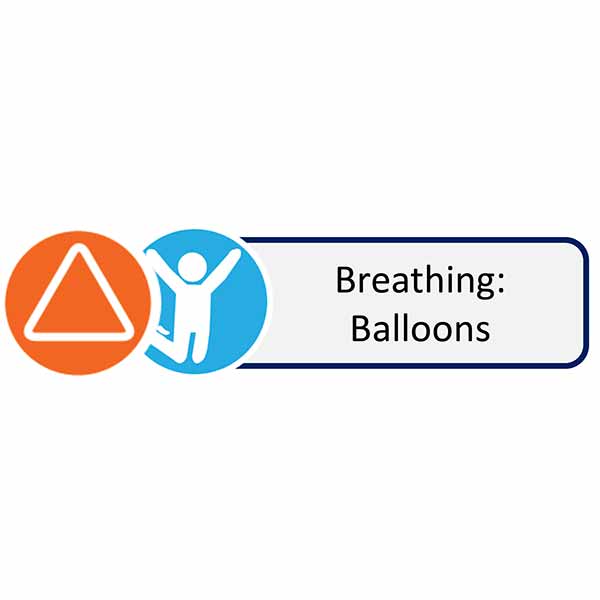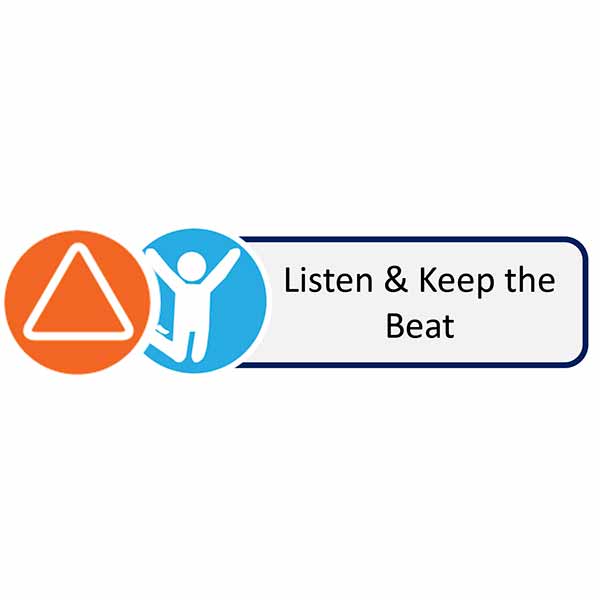REGULATE
Supporting Children's Emotions
Infants and toddlers rely on adult guidance to express and work through strong emotions

At a Glance
Infants and toddlers experience strong feelings but have not yet developed the skills to manage them. Educators play a crucial role in supporting young children’s strong emotions by tuning in, attending, and responding to their unique emotional experiences with warmth, nurturance, and support.
What It Looks Like
A quick glance at how you can help infants and toddlers handle strong emotions and provide support in the moment
Provide Comfort
Respond to strong feelings with care and understanding to help young children feel secure. When adults acknowledge children’s emotions, like this educator does, it lets children know their feelings are valid and helps them recover from strong emotions.
Practice Calm Down Strategies
Teach children strategies for calming their bodies before they feel strong emotions. This gives them the tools that they’ll need when they are upset.
Connect with Children
Tune in to how young children feel and why they feel that way, like this educator does. This lets children know that you understand them and are there to help when they’re feeling overwhelmed.
STRATEGY SUITE
Supporting Emotions
Young children express a wide range of emotions. Sometimes, those feelings can be strong and overwhelming to them. Helping children understand and handle strong emotions helps them feel safe, calm, and more confident. This strategy suite includes a range of strategies you can use to support young children’s emotions.


TRAUMA-INFORMED CARE
A Child's Perspective of Trauma
Responses to trauma look different at every stage of development. When children experience trauma at home, big unresolved feelings may find their way into the classroom. Learn how Sesame Street Communities is tackling this sensitive topic and what you can do to support these vulnerable learners.
This video contains sensitive materials and is intended for adult use only.
FAMILY CONNECTIONS
Responding to Strong Emotions
Tantrums are one way young children express their strong emotions in the classroom and at home. This resource from Zero to Three offers caregivers strategies to prevent tantrums and respond to children’s strong emotions.

BUILDING CONNECTIONS WITH BOOKS
The Rabbit Listened
Written and illustrated by Cori Doerrfeld, this is a beautiful story about a boy who experiences strong emotions and finds comfort and acceptance from a friend.

Activity Cards for Infant and Toddler Classrooms
Part of the STREAMin3 curriculum, activity cards provide simple ways you can help children practice calm-down strategies.

Breathing: Balloons
Breathing exercises help children calm down and become aware of their bodies.

Listen & Keep the Beat
A steady beat can be a great tool for building focus, attention, and emotion regulation.

Mindfulness: Candle
This practice increases patience, feelings of calmness, and limits emotional reactivity.

Yoga: Calm-Down
Moving through yoga poses is a technique for strengthening and calming bodies and minds.
Get Our Resource Guide
Includes questions and activities to guide your use of the videos, book suggestions, and activity cards featured for each of the Core Skills

